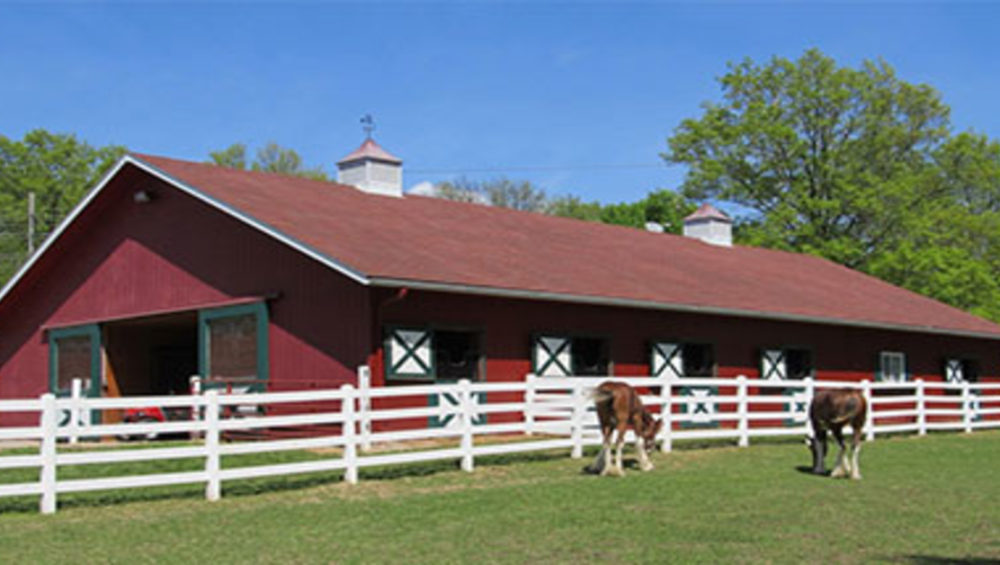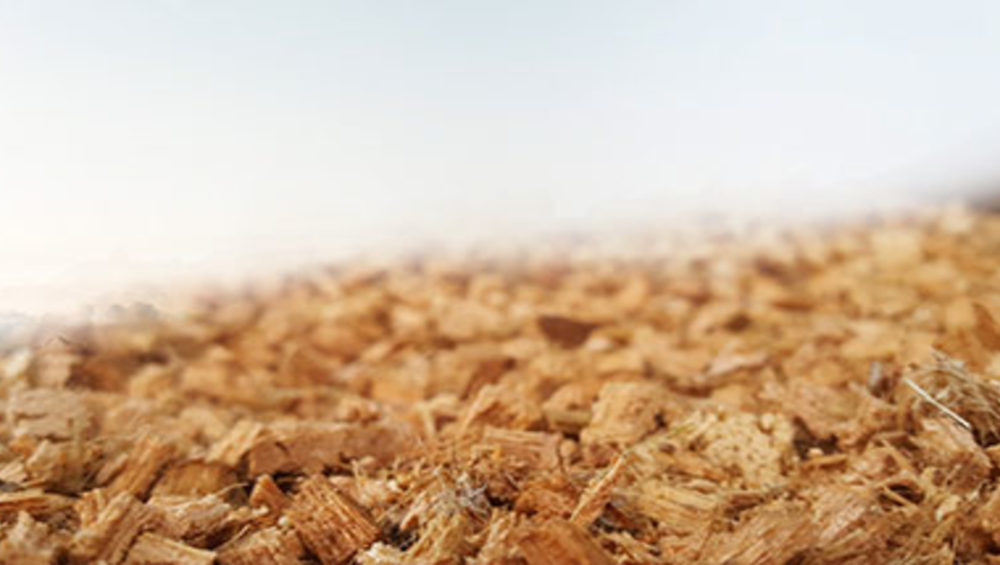Completely natural, nontoxic and a cost effective product that can improve your pets’ habitant is Coir bedding. Coco coir reptile bedding offers a number of benefits to both reptiles and their owners. They are present in 2 major categories of coco bedding in the market right now, one is fine blend and other is course blend. Fine blends are compressed coco peat packed up for small reptiles like bearded dragons, guinea pigs, turtles, tortoises, iguanas, scorpions, hermit crabs and also used by worm breeders. Course blends are the coco husk chips for adult reptiles like snakes and a vast variety of lizards.
They are sold either loose or in a lightweight, compressed block, they can either be used directly as dry substrate or hydrated for better use.
Small Reptiles
Reptiles are more or less a species that tend to be in its own comforts, that’s via placing them in terrariums. Coir provides them with cushion land-fills by entertaining the pets that digs and can be used to change landscaping inside the terrarium. They are more safe, comfortable spots for nesting and borrowing. Once used in your terrarium, it gives off a pleasant, clean and clear look, and their absorbance can help to reduce odor inside.
To hydrate it for use with your reptile, simply put coir in a clean container and add a gallon of fresh water. Allow the coir to soak in water for an hour so it can expand fully. Next, mix the coir by hand, spreading the moisture evenly and breaking apart any remaining clumps. You might also want to wring out excess water.
Spread coir in the desired area of the tank or terrarium with a thickness of at least 1-2 inches. You’ll need approximately 1.5 pounds of coir block to spread it at the recommended thickness across the bottom of a 40-gallon tank.
When using coir with reptiles that prefer less humid climates, the dry blocks can be very difficult to break apart. Moisten the coir brick just enough to break it. Then lay the coir out to dry thoroughly before using it in your pet’s terrarium.
Store any coir you’re not using immediately for later use. Store extra coco coir reptile bedding in a sealed container to keep it fresh and prevent unwanted species to spoil them out.
Adult Reptiles
Preferentially as for adult reptile breeders’ choice, coco husk chip provides humid temperature and a husky-comfy feeling for reptiles. Because coco coir absorbs and retains water so efficiently, adding moist coco coir to the reptile’s habitat helps maintain proper humidity naturally. This is paramount for species that live in tropical climates. Since the key is to maintain health and longevity, putting much eco-friendly bedding for your reptiles’ world is the best option.
Take a clean tub, fill in with a fresh water lesser than that of recommended in product instruction. To make the process much faster, prefer using lukewarm water for dipping. Sink the whole bedding block or as much as you wish into water. Press along the sides of the block for optimal soaking, leave it for some time. As time lapse, it eventually gets expanded.
After totally submerging on one side, flip it over for thorough soaking. Don’t over soak it, as the block may fall apart causing hassle for the handler to skim it. Also in the middle of a few inches, there remain little patches of un-soaked that you may have to dip them once more. Soaking each side requires a maximum of 3-4 minutes later put the block back in the container and let it be there for a few more minutes to expand completely. Start splitting from the corner of the block as they will be more futile than core. And let it dry for a while since it holds up an incredible amount of moisture that may lead to potential mold formation.
Once the crumbs of chip husks are ready, start preparing to lay a new bedding. First, scoop out the previously laid mattress and clean with a vacuum cleaner. Once all clean, disinfect the entire enclosure with veterinary disinfectant such as F10 SC. In the proportion of 1:500 mix 10ml of it with water into a squirt bottle and spray along all the corners and entire space.
Now lay down the bedding evenly over the space. Husk fills pretty deep into the tray, looking really good, handful, won’t get depleted easily. Even if bedding gets dirtier at some point, it can be taken out while the remaining maintain the same volume. Place a non-spill bowl away from the hotspot; where your pet moves around more often.
Changing of bedding is left to user convenience probably once per month, they can even recur the cost of bedding by reselling the manured mattress to compost manufacturers. This way users are ensured of win-win situations, without much of a loss. Knowing the more acceptable way of bedding rather than simply laying them down randomly is the most efficient way of improving oneself, and that’s what all seek for. Hope you all enjoyed reading it and make the best out of it from now on.







